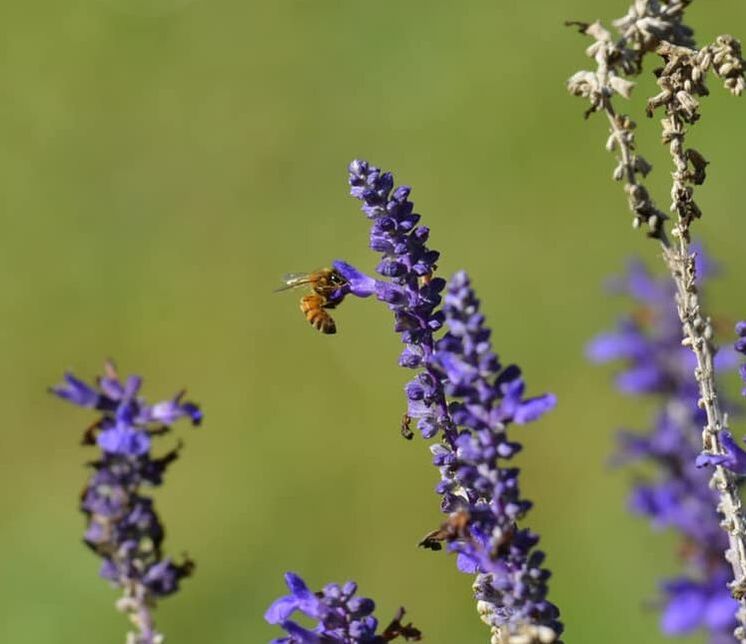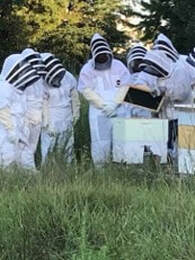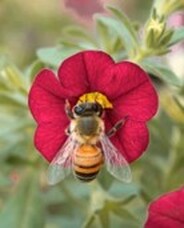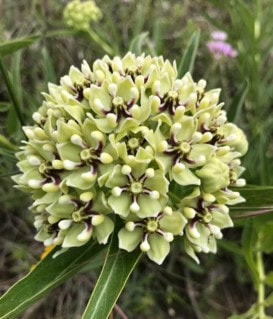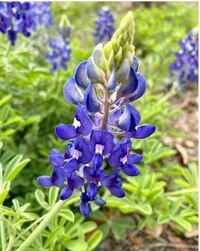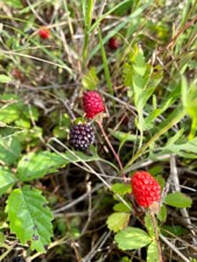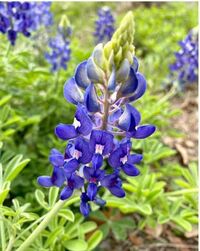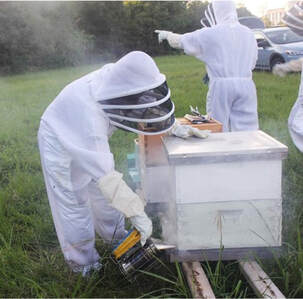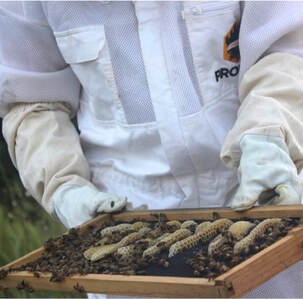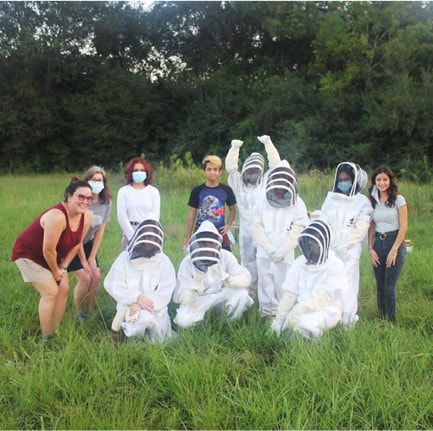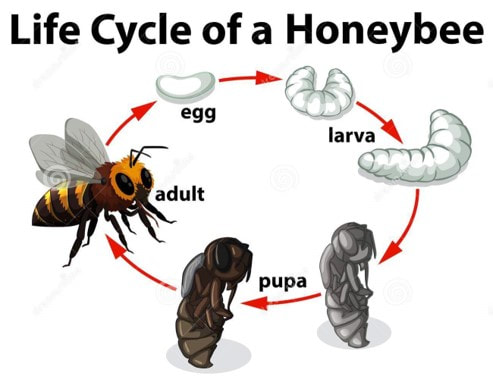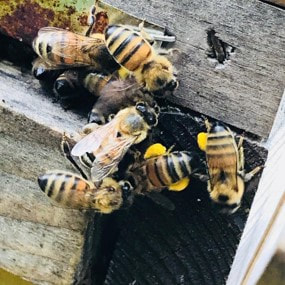Club Mission
-relocation of hive/swarm removals
|
About usThe Katy High School Beekeeping Club was founded in 2017 by a group of students and one faculty sponsor. Students raised enough initial funds to purchase 5 nucs, 8 beekeeping suits, bee boxes and hive tools.
Our apiary is located adjacent to the Tiger Prairie, and our “ladies” forage within a 3-5 mile radius, helping to pollinate local plants, like antelope milkweed, Indian paintbrush, native grasses and sedges, wine cups, black-eyed Susan's and wild blackberries. |
Caring for bees
|
The KHS beekeeping club uses Langstrom hives: “deep” or brood box, queen excluder, supers and then telescoping covers. Bees are social insects that have a highly-structured colony comprised of the queen, worker/nurse bees and drones
|
|
Bees go through many stages throughout their life cycle, metamorphizing from egg, to larva, to pupa to adult. They have complex anatomies, including 5 eyes; 3 simple and 2 compound. This allows them to see UV markers on flowers, and orient themselves and navigate according to the sun. Their hind legs have small indentations for storing pollen, called "pollen baskets" (see picture to the right).
|
